We’ve had the following response from Bush Heritage on the above problem:
‘We understand your concern and appreciate you highlighting that the Swamp Foxtail is classified as an invasive species by Agricultural Victoria. The purpose of the leaflet was to promote native grasses in small backyards in hope that it would inspire our supporters to look at different ways to foster biodiversity in their own gardens. We recognise that while it can be an ideal warm-season grass for many gardens, some Pennisetum varieties run the risk of self-seeding which can pose challenges in a number of settings and it certainly was not our intention to promote it for agricultural purposes or for use outside of the garden. We apologise if it has come across that way.
‘I’m sure you will understand that it can be difficult to highlight the many nuances of different species across multiple landscapes – especially with a plant that is often ambiguously interpreted; being both an invasive species in some areas and an endangered Australian ecosystem in others.’
Readers can judge this response for themselves. It is true that the case of this particular species is quite complex and fascinating. Swamp Foxtail [aka Cenchrus purpurascens] is an attractive plant, like many weeds which owe their spread to widespread use in gardens. Genetic analysis has shown that it has been in Australia for thousands of years, in restricted locations.
You can find more about its intriguing history here
‘The species is simultaneously an exotic weed from Asia, the dominant grass in an endangered Australian ecosystem and a rare native species in isolated desert springs.’
How can that be? To find out, you’ll have to read the article in the link above.
The moral of the story is that it’s tremendously important to pay attention to detail in promoting plants. The brute fact is that in Victoria, it’s a weed.
And, depressingly, this grass is widely available in nurseries and online: more evidence that half the population is planting stuff for others to pull up.

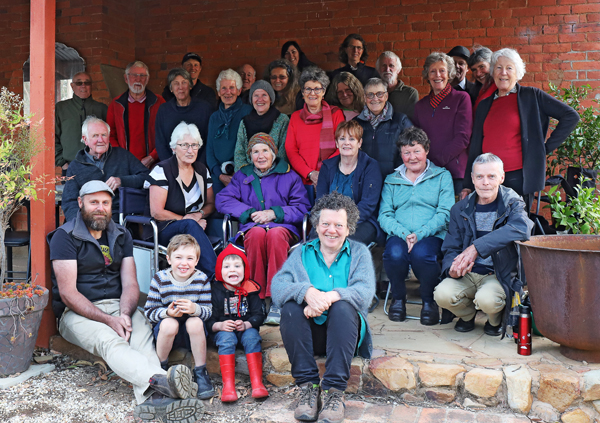
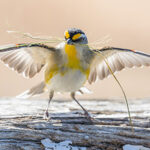
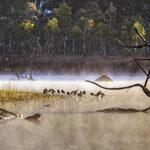
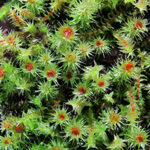
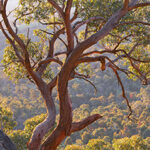
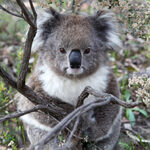
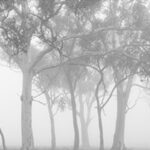
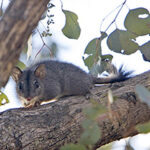
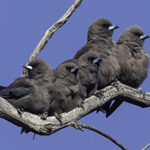
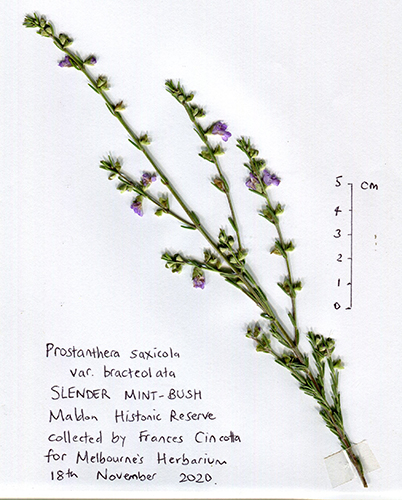
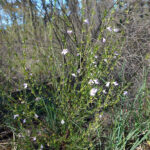
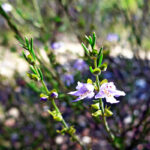
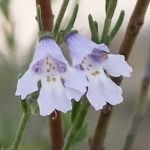
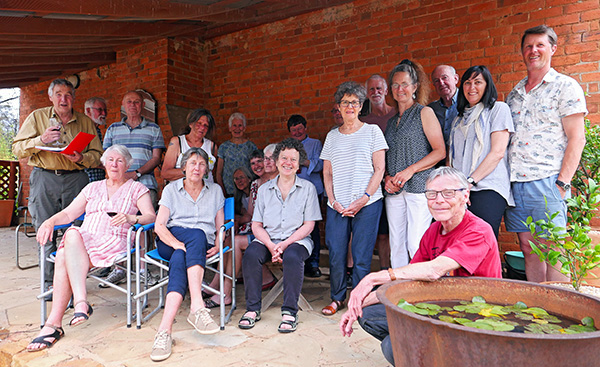
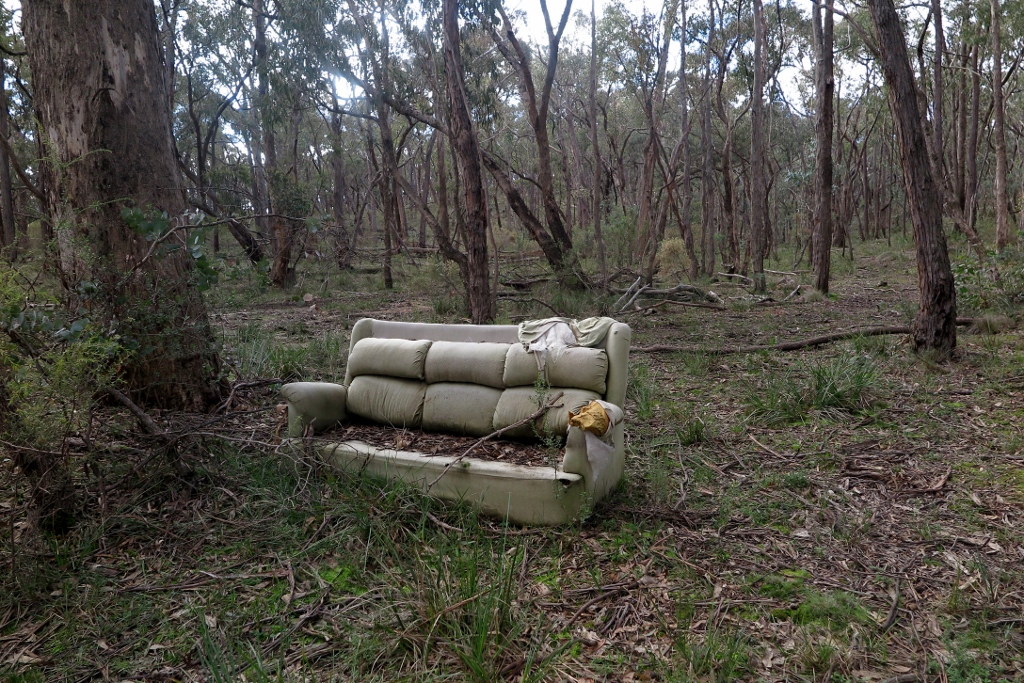
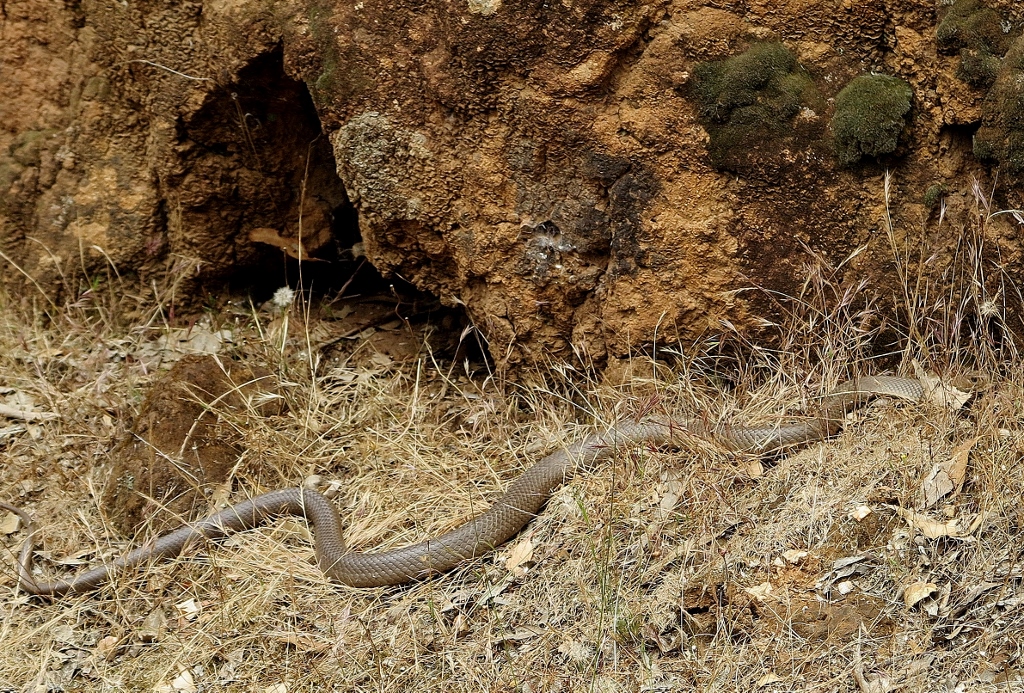



 Click on image for info/order page
Click on image for info/order page Click on image for info/order page
Click on image for info/order page Click on image for info/order page
Click on image for info/order page




















